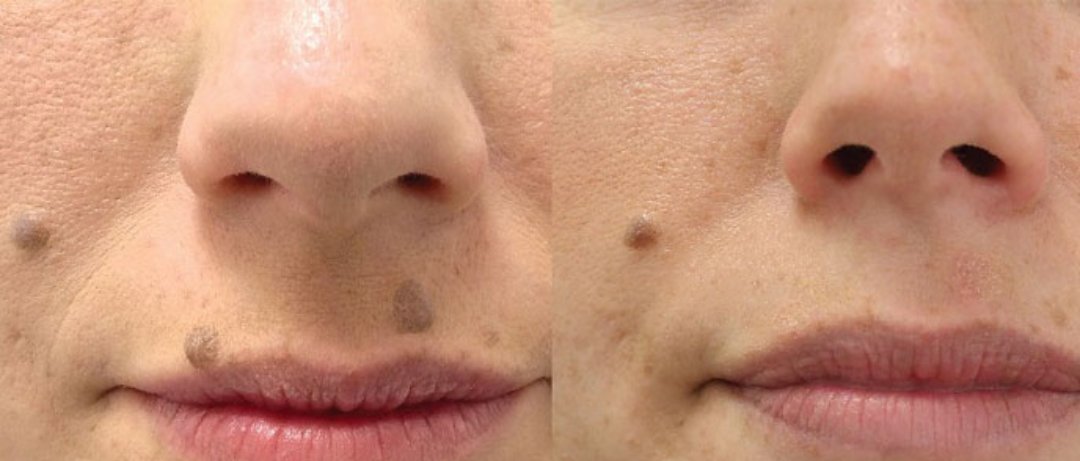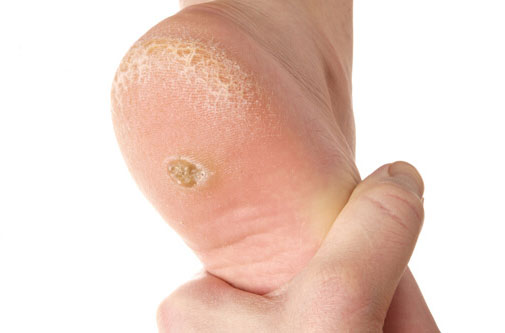Mole removal can be a permanent solution in many cases, but there is a possibility that moles can grow back. The likelihood of regrowth depends on several factors:
1-Type of Removal:
- Surgical excision: This method typically offers a low chance of regrowth if the entire mole and its underlying cells are removed.
- Laser removal or shaving: These methods may have a slightly higher risk of regrowth, as they may not remove the mole’s deeper cells.
2-Type of Mole:
- Benign moles: Benign (non-cancerous) moles are less likely to grow back after removal.
- Atypical or dysplastic moles: These may have a higher chance of regrowth, and they should be monitored closely for any changes.
3-Skill of the Practitioner: The expertise of the healthcare professional performing the removal is crucial. A skilled practitioner is more likely to remove the mole completely.
4-Follow-Up Care: Proper post-removal care, such as keeping the area clean and protected from the sun, can reduce the risk of complications and regrowth.
It’s essential to have any mole removal performed by a qualified healthcare provider who can assess your specific case and provide guidance on post-removal care and monitoring. Regular skin checks are also advisable to detect any new moles or changes in existing ones. If you notice any suspicious changes in a mole, consult a healthcare professional promptly.
For expert skin care and mole removal services, schedule an appointment with Dr. Sayali Thakare, your trusted dermatologist in Bandra or you can Contact us on 8591137453.


